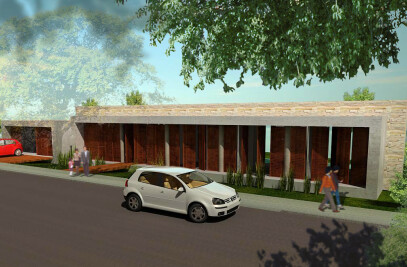The position of most of the architectural design and housing policies on the issue of slums oscillates between two extremes, at a certain point of view, the favela is presented with romanticism to represent a spontaneous urban order, culturally rich and varied, in the sense otherwise, the favela becomes one of the greatest aberrations that modern society produces clear sample of impotence worthily accommodate a large portion of metropolitan residents in most major Latin American cities.
In the Amazon this contrast is no different. In Amazonas state capital Manaus - considered the capital of the Amazon - the slums are inserted into the urban fabric, however, these units are deployed on the bed of small rivers that cross the city and connect several points. This structure is analogous to the canals of Venice where there is direct interaction of housing and water, but it is a deployment without planning, the prototypical ills are added to decadent interpretation of the indwelling of the mestizo.
The house of the Amazonian Caboclo is always isolated, between the forest and the river. The Amazon hut is high, located on the river bed, almost close to the shore. In the city, these buildings are in large numbers forming a stilt conglomerate where the two extremes of social housing deployment are represented here: Romanticism is characterized by the use of the inherent Caboclo construction, and neglect is characterized by a lack of organization and unity space.
In the Amazonian slums, one of the biggest problems encountered is the lack of hygiene in homes, mostly have no drinking water and no sewage. This supply is done clandestinely and exhaustion is played directly in the river water, raising the degree of contamination and pollution.

































